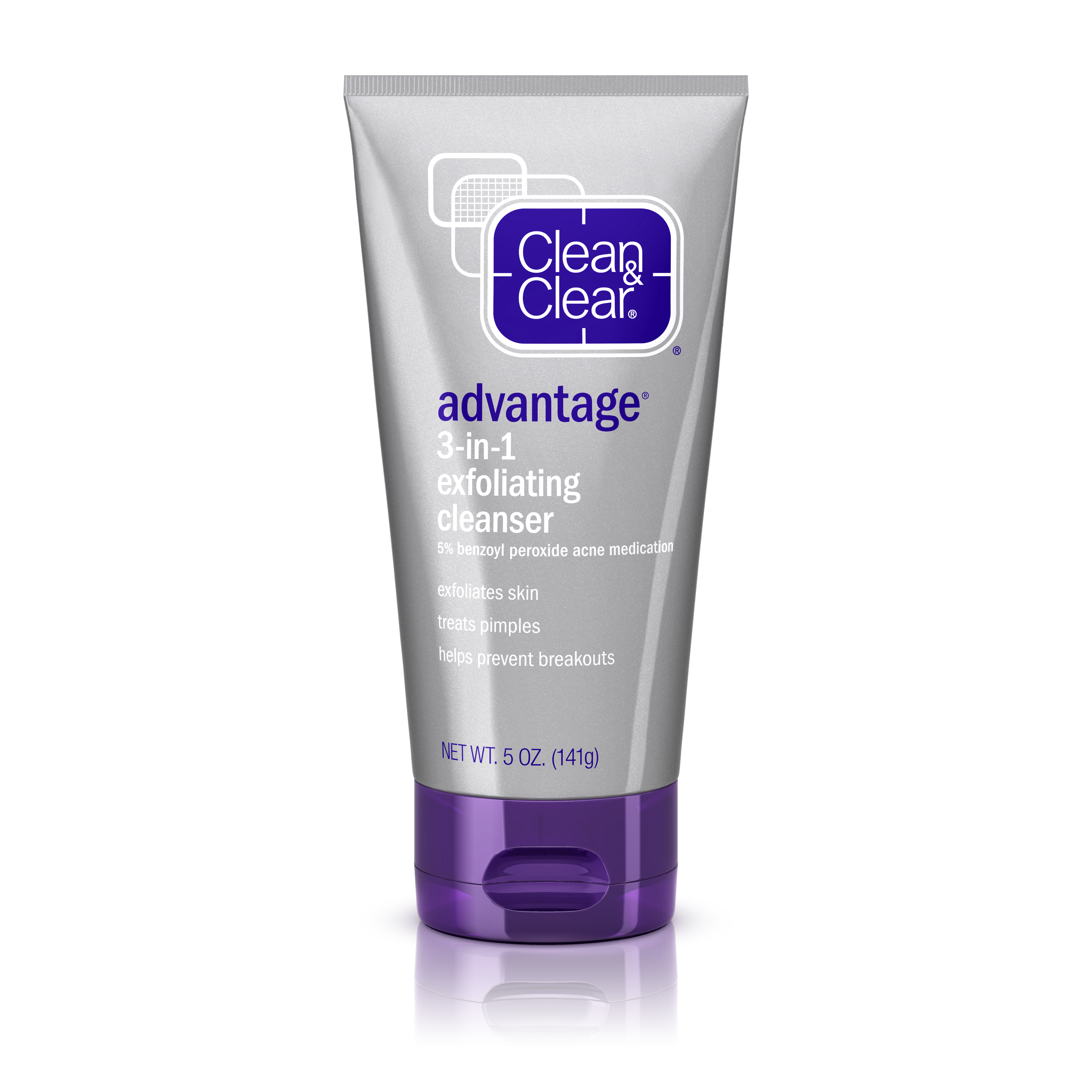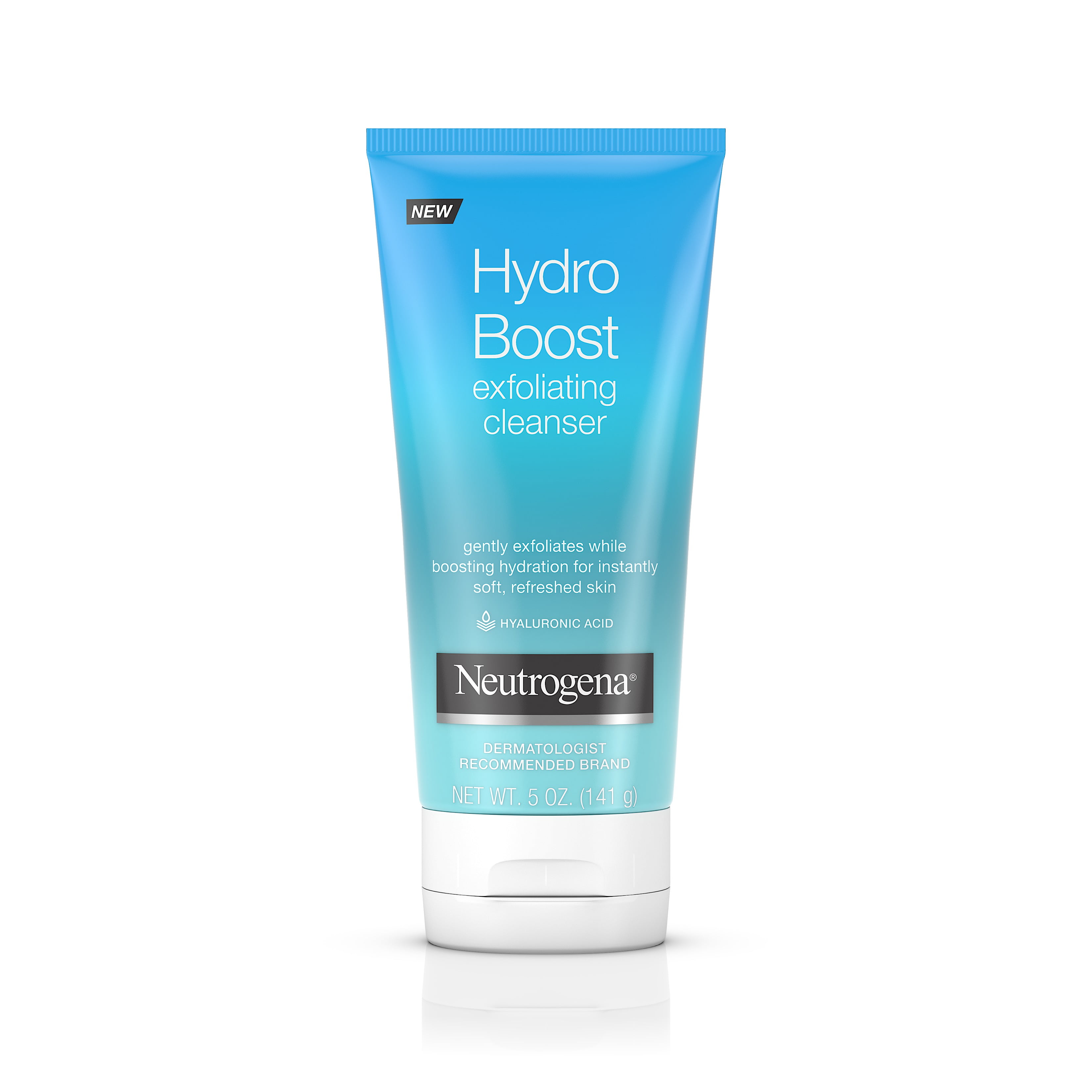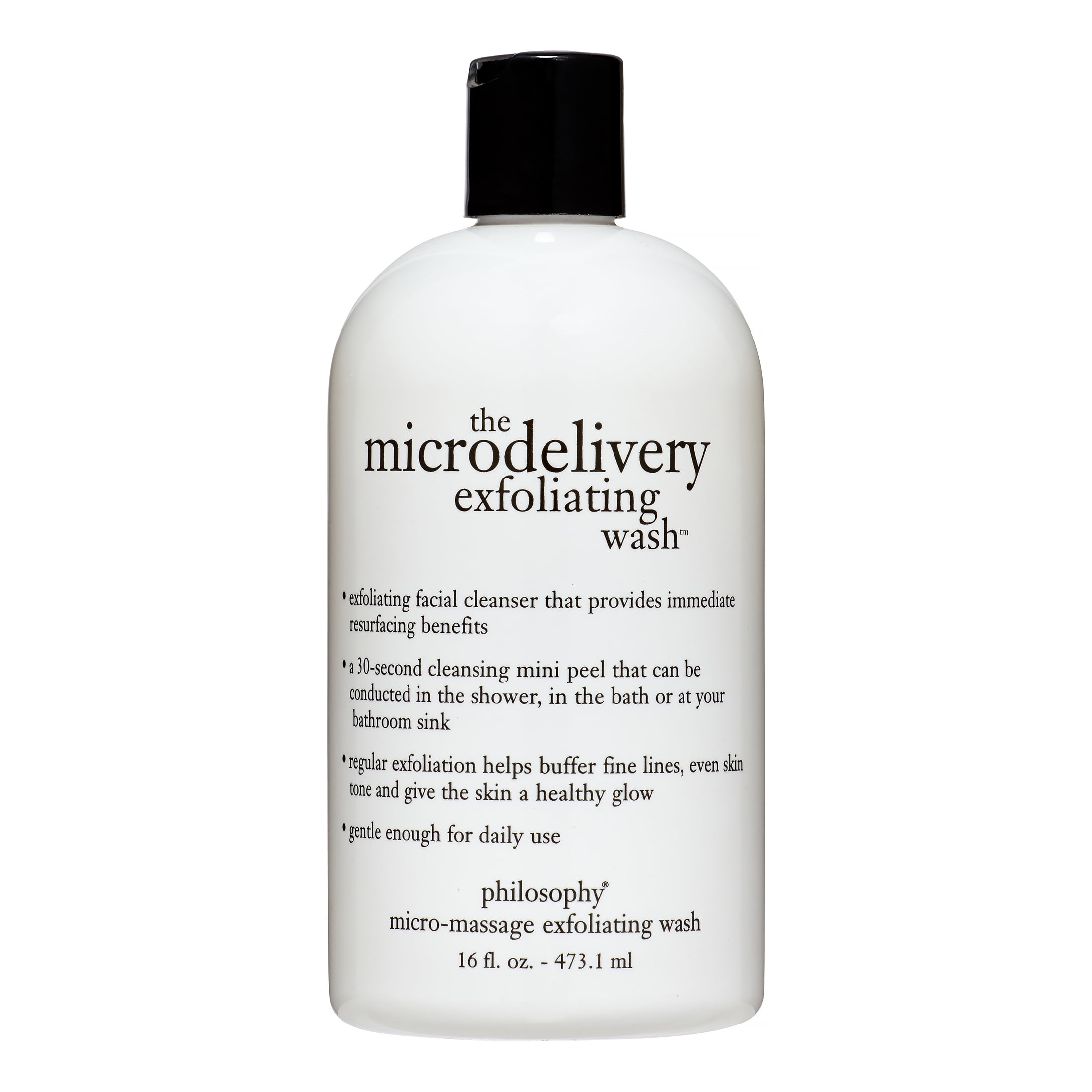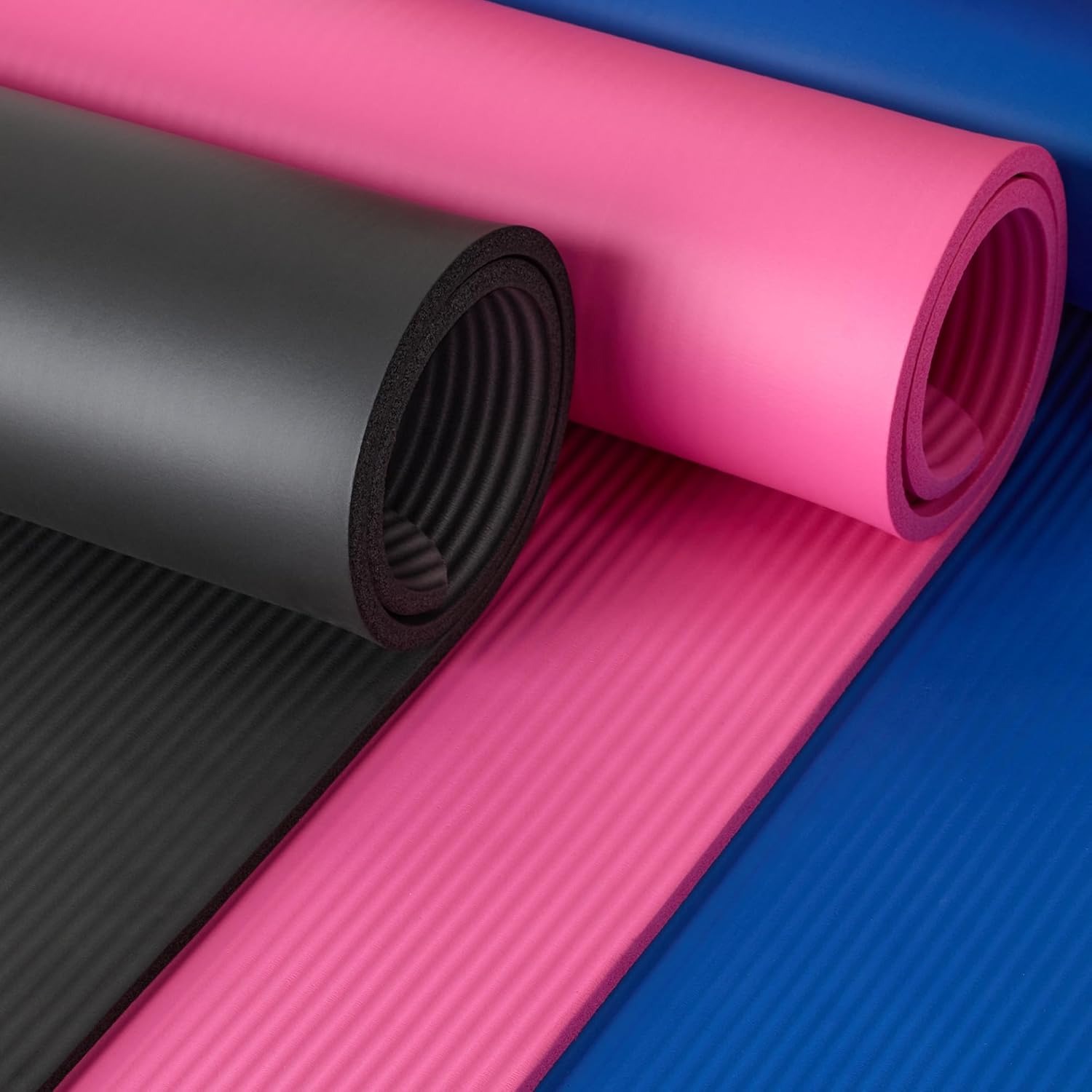Benefits of Exfoliating Facial Cleansers
In the pursuit of glowing skin, exfoliating facial cleansers are game-changers. These products remove dead cells from the skin’s surface. This process reveals a fresher, younger-looking complexion beneath. Regular use of a gentle exfoliating facial cleanser can offer multiple advantages.
Firstly, using an exfoliating cleanser can enhance skin’s texture and tone. Removal of the outermost layer of dead skin can reduce dullness, leaving your skin smoother and more even.
Secondly, it helps unclog pores. When dead skin accumulates, it can lead to clogged pores and ultimately, acne breakouts. By exfoliating, you’re preventing this buildup and keeping your pores clear.
Thirdly, exfoliating boosts the efficiency of skincare products. By eliminating the barrier of dead cells, your skin can absorb moisturizers and serums better. This means you’ll get more out of the products you apply afterwards.
In addition, the process of exfoliation can stimulate collagen synthesis. Collagen is vital for skin elasticity and firmness. With consistent exfoliation, you may notice a reduction in fine lines and wrinkles over time.
Last but not least, for individuals aiming for an even skin tone, exfoliating facial cleanser can help. It can fade dark spots and discoloration by accelerating the turnover of skin cells.
Incorporate a gentle exfoliating cleanser into your routine to reap these benefits. However, it’s crucial to choose one that’s suitable for your skin type. This ensures that you gain the rewards without causing irritation. Read on to learn how to select the right exfoliating cleanser and integrate it effectively into your skincare ritual.

Key Ingredients in Gentle Exfoliating Cleansers
Selecting an exfoliating facial cleanser involves understanding key ingredients. Some ingredients are common in gentle exfoliating products. Here are several to look for:
- Alpha Hydroxy Acids (AHAs): These water-soluble acids remove dead skin cells. They are effective and gentle. Examples include glycolic and lactic acid.
- Beta Hydroxy Acids (BHAs): Ideal for oily and acne-prone skin, BHAs like salicylic acid penetrate deeply. They help unclog pores.
- Jojoba Beads: These natural, biodegradable beads gently polish the skin’s surface. They do not harm the skin.
- Enzymes: Papain and bromelain are enzymes from papaya and pineapple. They dissolve proteins that bind dead skin cells.
- Hyaluronic Acid: Not a true exfoliant, but it supports skin hydration. This helps skin stay supple after exfoliating.
- Polyhydroxy Acids (PHAs): These are similar to AHAs but are less irritating. They are suitable for sensitive skin.
When looking for a gentle exfoliating cleanser, it’s important to consider these ingredients. Choose based on your skin type and concerns. Ensure you pick a product that gently removes dead skin cells without causing damage. Always patch-test new skin care products to avoid adverse reactions.
How to Choose the Right Exfoliating Cleanser for Your Skin Type
Choosing the right exfoliating facial cleanser is key to a glowing complexion. To avoid irritation and achieve the best results, consider your skin type. Here’s how to select a product that suits you best:
- For Oily Skin: Look for cleansers with salicylic acid. This BHA delves deep into pores to clear out oil and debris.
- For Dry Skin: Choose a cleanser with hydrating properties. AHAs like glycolic acid can help slough away dead cells without stripping moisture.
- For Combination Skin: Try a cleanser that offers a balance between oil control and hydration. A combination of AHAs and PHAs might work well.
- For Sensitive Skin: Go for cleansers with PHAs. They are gentler and less likely to cause irritation. Look for ones without fragrances or alcohol.
- For Acne-Prone Skin: Salicylic acid is also a great choice here. It helps in reducing breakouts by keeping pores unclogged.
- For Normal Skin: You can use a variety of exfoliating ingredients. But gentle formulations with enzymes or jojoba beads can maintain skin health without over-exfoliation.
Take a careful look at the product’s ingredient list. Perform a patch test to rule out possible reactions. Remember, your goal is to enhance your skin’s natural renewal process without causing harm. Stick to products designed for your specific skin concerns to achieve the radiant skin you desire.
Step-by-Step Guide to Exfoliating Your Face
To keep your skin radiant and smooth, follow this step-by-step guide to exfoliating your face with a gentle exfoliating facial cleanser:
- Cleanse Your Skin: Begin by washing your face with lukewarm water. Use your regular cleanser to remove makeup and dirt.
- Apply Exfoliating Cleanser: Choose a gentle exfoliating facial cleanser suited for your skin type. Apply a small amount to your fingertips.
- Gentle Circular Motions: Massage the cleanser in circular motions on your face. Focus on areas with dead skin buildup but be gentle on your skin.
- Avoid Sensitive Areas: Skip the area around your eyes. The skin here is delicate and can get easily irritated.
- Rinse Thoroughly: After scrubbing gently for a minute, thoroughly rinse your face with cool water. This helps close your pores.
- Pat Dry: Use a soft towel to pat your face dry. Avoid rubbing as this can irritate your skin.
- Moisturize: Apply a hydrating moisturizer immediately. This helps lock in moisture and soothe your skin.
- Sun Protection: If exfoliating in the morning, always follow up with sunscreen.
Remember, a gentle touch is key. Exfoliating facial cleanser should not make your skin red or sore. If experiencing irritation, you may be pressing too hard or using a product that’s too harsh for your skin. Aim to exfoliate only 2-3 times a week to avoid over-exfoliation.

Recommended Exfoliating Cleansers for Sensitive Skin
Choosing an exfoliating cleanser for sensitive skin needs special attention. Here are top picks that are mild yet effective:
- Polyhydroxy Acids (PHAs) Based Cleansers: PHAs are less irritating and hydrate while they exfoliate. Such cleansers can gently remove dead skin without causing redness or discomfort.
- Cleansers with Natural Enzymes: Ingredients like papain and bromelain offer a mild exfoliation process. They are less likely to lead to irritation and can be a great choice for sensitive skin types.
- Non-Comedogenic Formulations with Jojoba Beads: These cleansers use fine, biodegradable beads to polish the skin gently. They avoid clogging pores and are kind to sensitive skin.
- Fragrance-Free and Alcohol-Free Options: Avoiding fragrances and alcohol can reduce potential skin reactions. Look for products specifically labeled as suitable for sensitive skin.
- Hydrating Cleansers with Hyaluronic Acid: While not exfoliants, cleansers with hyaluronic acid can support the skin’s moisture barrier. This is important after exfoliation, especially for sensitive skins.
Sensitive skin requires products that strike a balance. They should remove dead skin cells without stripping away moisture or causing irritation. Try to find products with soothing ingredients like aloe vera or allantoin. Always do a patch test before using a new exfoliating cleanser regularly. Use these cleansers sparingly, no more than twice a week to avoid over-exfoliation. Remember, gentle care leads to a healthy, radiant complexion.
Balancing Exfoliation and Hydration
Maintaining a balance between exfoliation and hydration is crucial for healthy skin. Over-exfoliation can strip the skin of its natural oils, leading to dryness and irritation. Conversely, not enough exfoliation may leave the skin dull and unable to absorb moisture effectively. To achieve this balance, follow these tips:
- Moisturize After Exfoliating: Always apply a quality moisturizer post-exfoliation. This practice restores hydration and protects the skin barrier.
- Use Hydrating Exfoliants: Select exfoliating facial cleansers infused with hydrating ingredients. For example, those containing hyaluronic acid help maintain skin’s moisture levels.
- Adjust Frequency: Limit exfoliation to 2-3 times a week. Increase or decrease this frequency based on how your skin responds.
- Nighttime Exfoliation: Consider exfoliating at night. This allows the skin to recover and absorb hydrating products while you sleep.
- Gentle Formulas: Seek out gentle exfoliating facial cleansers. Harsh scrubs can damage the skin, while gentle formulas preserve moisture.
- Watch for Signs of Over-exfoliation: If you notice redness, peeling, or sensitivity, ease up on the exfoliation. Give your skin a break to rebuild its hydration.
Keeping your skin exfoliated and well-hydrated is key to a radiant complexion. Tailor your skincare routine to include gentle exfoliating facial cleanser and hydrating products that suit your skin type, and carefully monitor your skin’s reaction to find the perfect balance for you.
Tips for Safe and Effective Exfoliation
Exfoliating your skin can lead to a radiant and smooth complexion when done correctly. Follow these tips to ensure safe and effective exfoliation with your exfoliating facial cleanser:
- Be Gentle with Your Skin: Use light pressure when applying the exfoliating cleanser. Harsh scrubbing can damage the skin.
- Choose the Right Time: It’s often best to exfoliate at night. This helps your skin heal and absorb moisture as you sleep.
- Do Not Over-Exfoliate: Limit exfoliation to 2-3 times per week. Overdoing it can strip your skin of natural oils and cause irritation.
- Patch Test New Products: Before using an exfoliating cleanser all over your face, test it on a small area. This helps you avoid allergic reactions.
- Follow with Moisturizer: Apply a hydrating moisturizer right after exfoliating. This helps to soothe and protect the skin.
- Wear Sunscreen: After exfoliating in the morning, always use sunscreen to protect your skin from harmful UV rays.
- Avoid Active Acne: Don’t exfoliate areas with active breakouts. This can irritate and spread the acne.
- Watch for Skin Reactions: Look out for signs of over-exfoliation such as redness or peeling. If you notice these, cut back on exfoliation.
- Stay Hydrated: Keep your whole body hydrated by drinking plenty of water. Hydrated skin responds better to exfoliation.
Remember, the goal of exfoliation is to help your skin, not harm it. By following these tips, you can enjoy the benefits of using an exfoliating facial cleanser without risking damage to your skin.

Integrating Exfoliating Cleansers into Your Skincare Routine
Integrating an exfoliating facial cleanser into your skincare routine can enhance your complexion. Here are steps to do it effectively:
- Start Slowly: If you’re new to exfoliating cleansers, begin by using them once a week. This lets your skin adjust without irritation.
- Evening Routine: Use exfoliating cleansers at night. This reduces exposure to sunlight after exfoliation, which can sensitize the skin.
- Consistent Use: For best results, make it a regular part of your routine. Consistency helps your skin maintain its radiance.
- Listen to Your Skin: Pay attention to how your skin feels. If you see signs of discomfort, reduce the frequency of exfoliation.
- Combine with Gentle Products: Pair your exfoliating cleanser with mild skincare items. This helps maintain skin balance.
- Avoid Duplication: If using an exfoliating cleanser, skip other exfoliating products like scrubs or brushes that day.
- Observe Rest Days: Give your skin time to rest. Don’t exfoliate daily, to prevent over-exfoliation.
- Tailor to Seasons: Adjust your exfoliation habits with changes in weather. Often, less exfoliation is needed in dry winter months.
Following these tips will help incorporate an exfoliating facial cleanser into your care routine safely. It ensures your skin stays vibrant and healthy.



